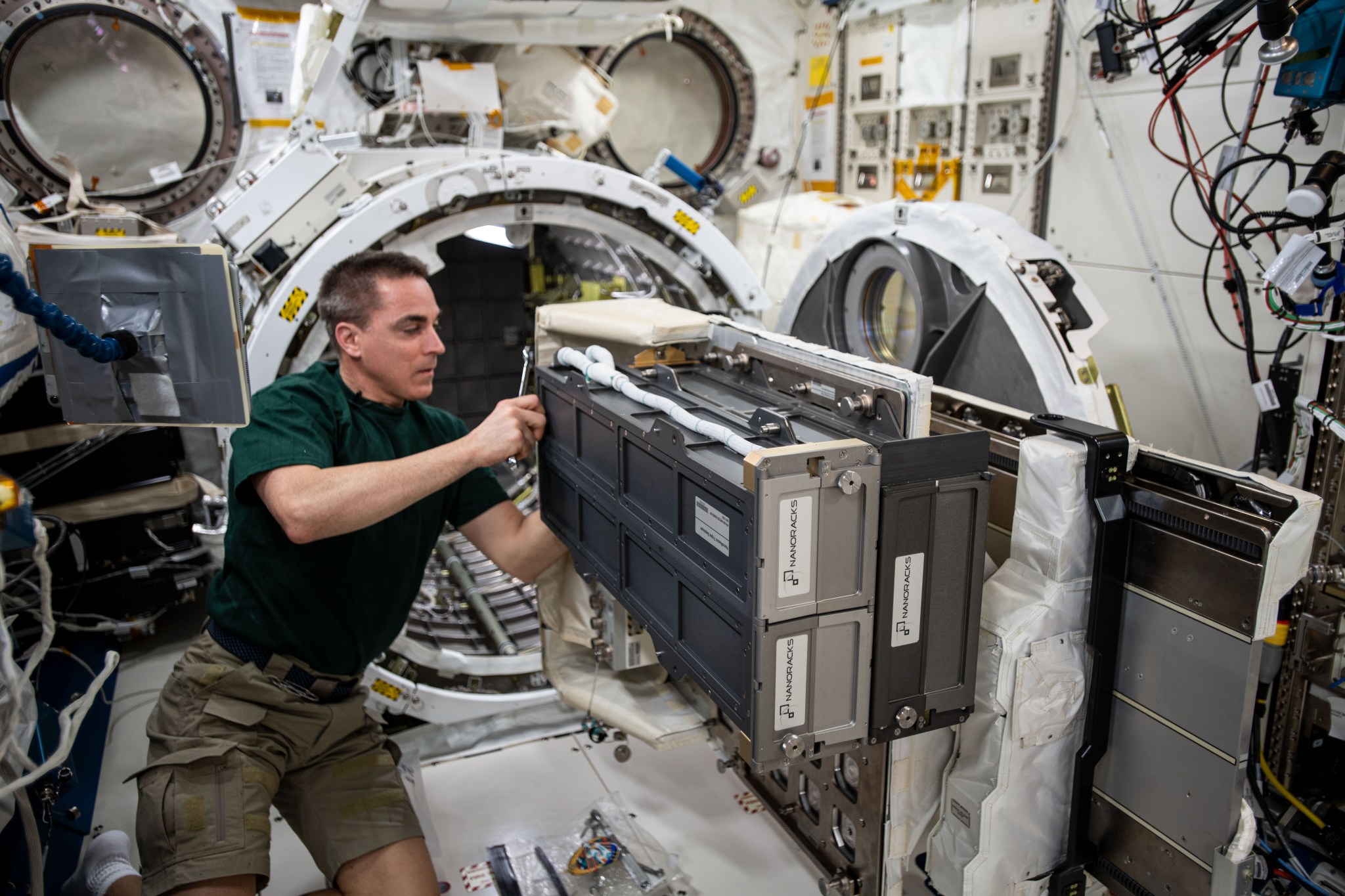Students participating in Space Station Explorers STEM programs across the nation will pose questions this week to NASA astronaut Chris Cassidy aboard the International Space Station. The educational downlink event will air live at 12:45 p.m. EDT Friday, Aug. 7, on NASA Television and the agency’s website.
Cassidy will answer prerecorded questions from students participating in Space Station Explorers STEM programs through the Center for the Advancement of Science in Space, the organization tasked by NASA to manage U.S. National Laboratory research on the space station. The organization works to bring value to America, enable a sustainable commercial research market in low-Earth orbit, and to engage and inspire the next generation of explorers.
The Earth-to-space call serves as the kickoff to the Celebrating Station Science series, which will connect students and educators to 20 years of space station experiments and research through monthly themes with K-12 STEM resources and the career paths of NASA astronauts, scientists, and engineers as they share their stories. Each month during the 2020-2021 school year, educators may use lesson plans, information on space station experiments, and various space station resources to excite the Artemis Generation of explorers.
Linking students directly to astronauts aboard the space station provides unique, authentic experiences designed to enhance student learning, performance, and interest in science, technology, engineering, and mathematics. Astronauts living in space on the orbiting laboratory communicate with NASA’s Mission Control Center in Houston 24 hours a day through the Space Network’s Tracking and Data Relay Satellites (TDRS).
For nearly 20 years, astronauts have continuously lived and work on the space station, testing technologies, performing science and developing the skills needed to explore farther from Earth. Through NASA’s Artemis program, the agency will send astronauts to the Moon by 2024, with eventual human exploration of Mars. Inspiring the next generation of explorers – the Artemis Generation – ensures America will continue to lead in space exploration and discovery.
Follow America’s Moon to Mars exploration at:
Follow NASA astronauts on social media at:
See videos and lesson plans highlighting research on the International Space Station at:
-end-
Kathleen Zona
Headquarters, Washington
216-433-2920
kathleen.a.zona@nasa.gov
Sandra Jones
Johnson Space Center, Houston
281-483-8670
sandra.p.jones@nasa.gov




























